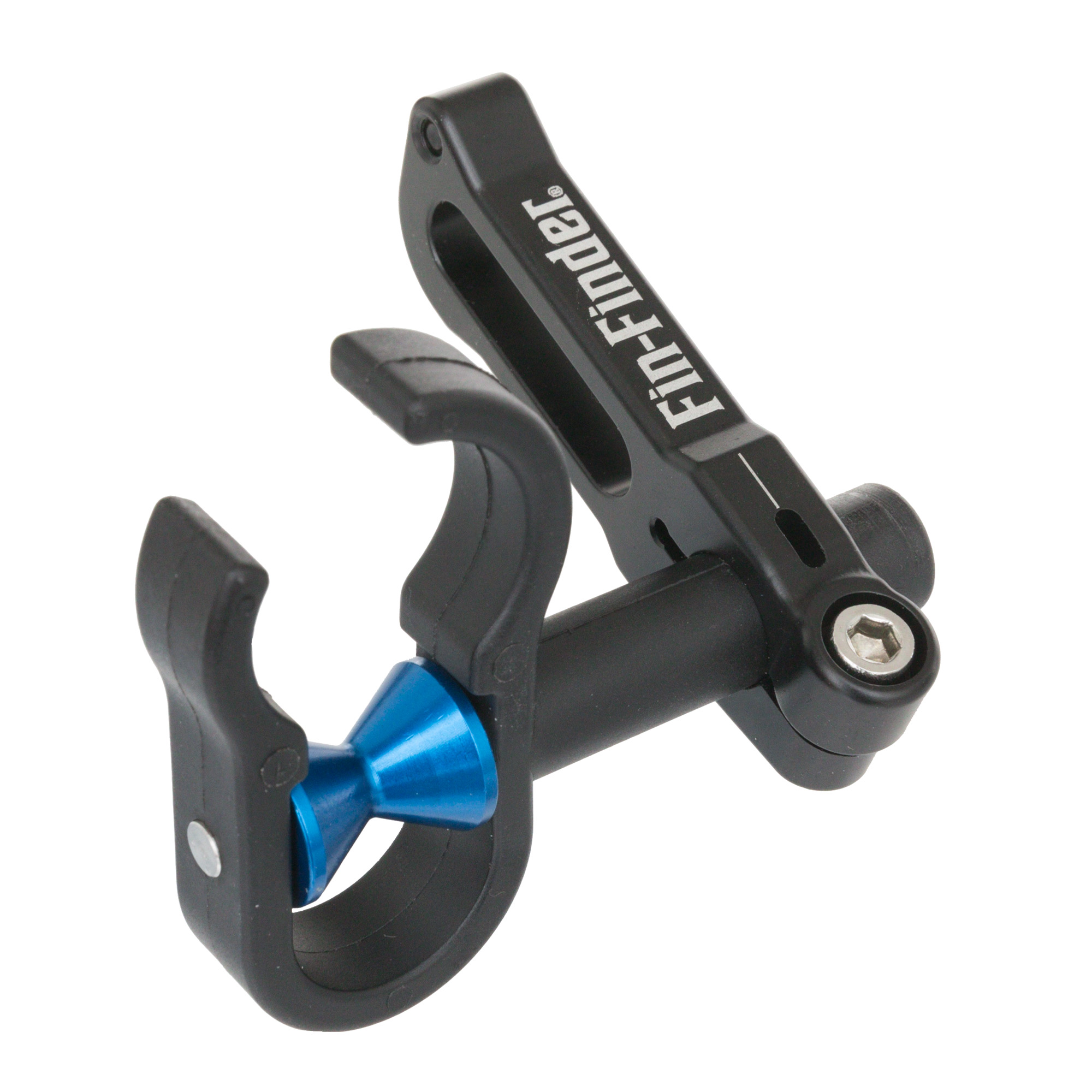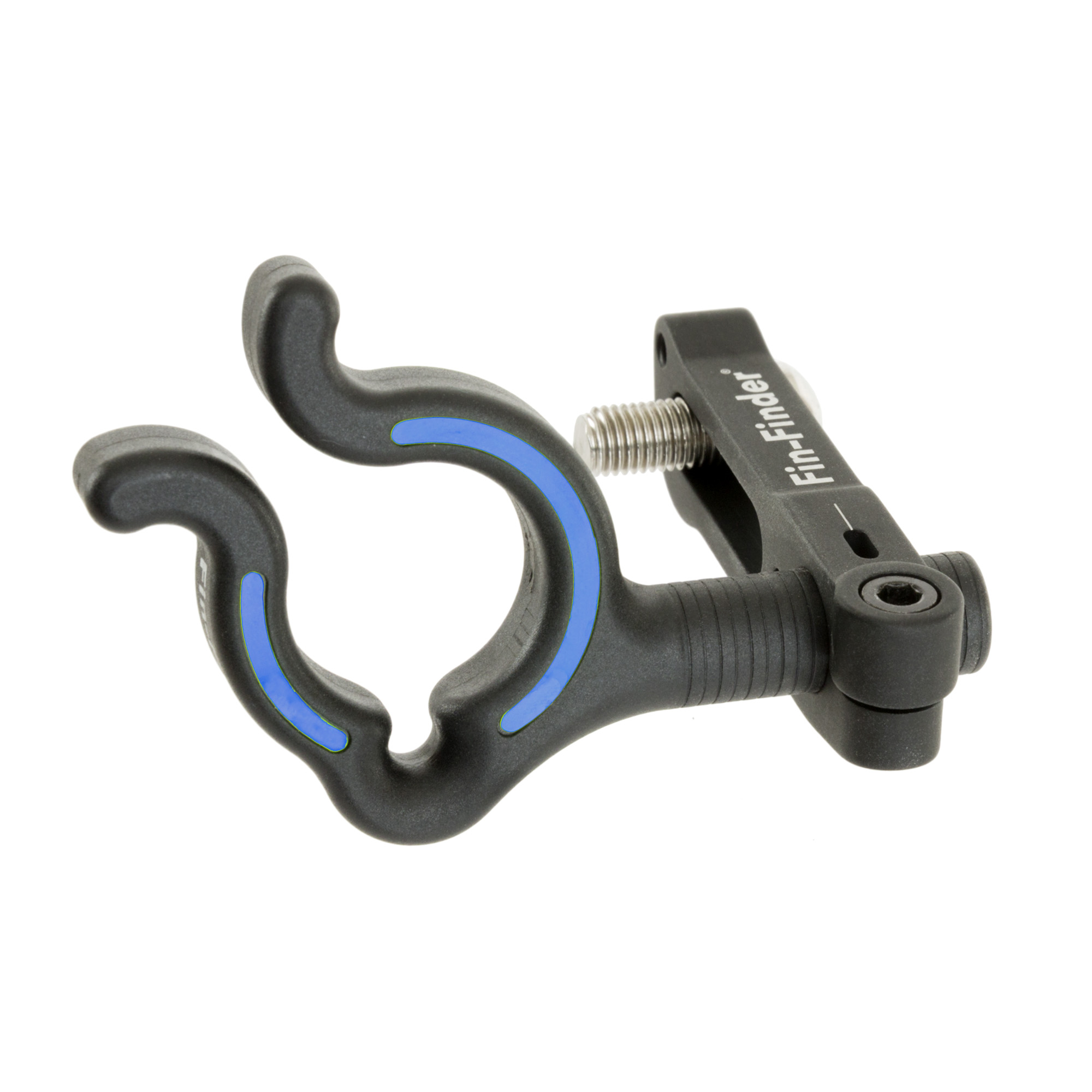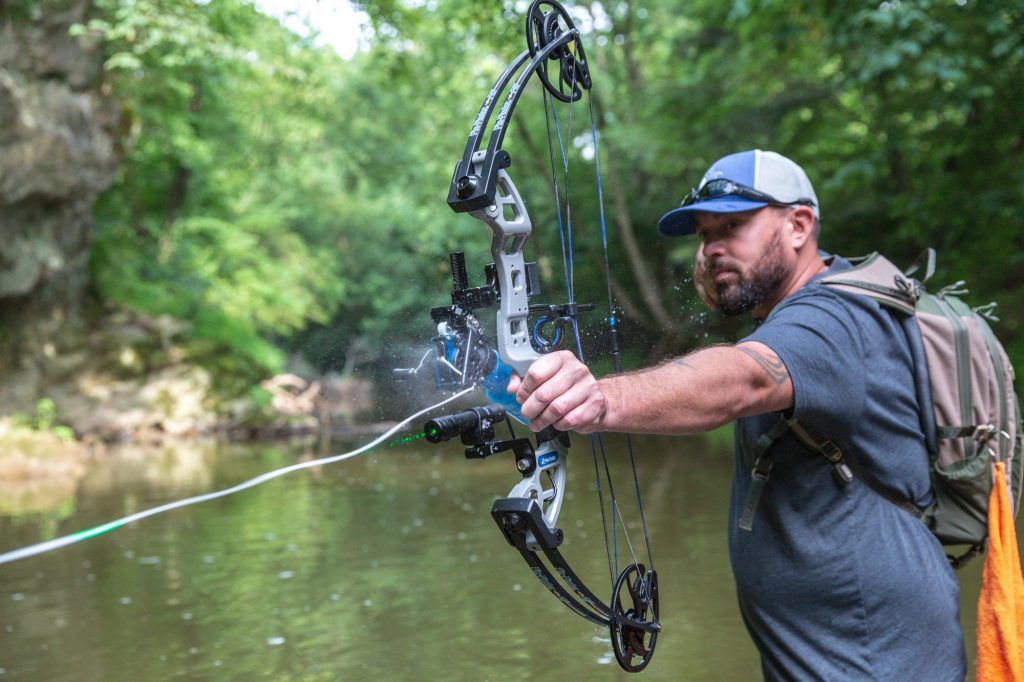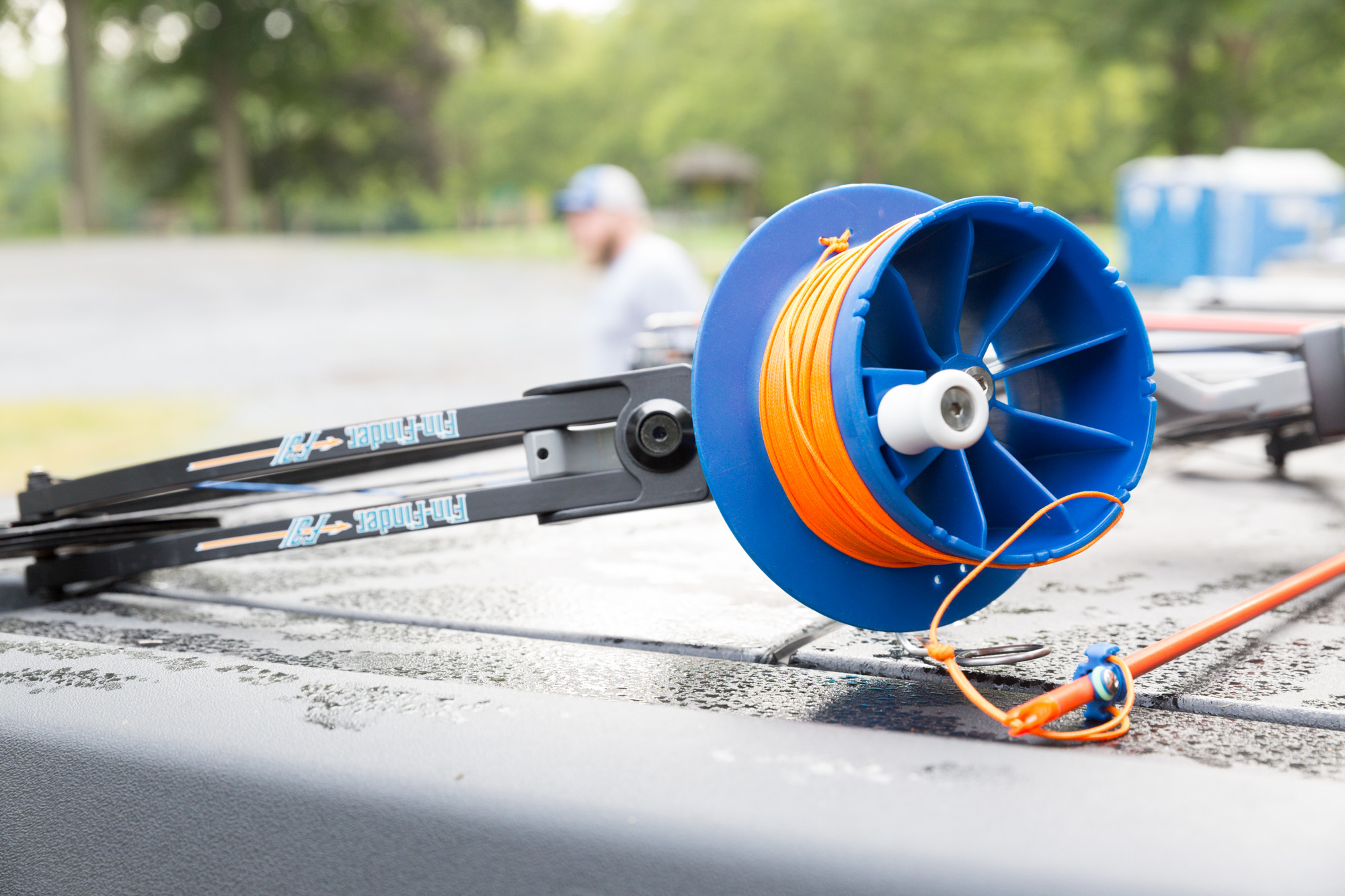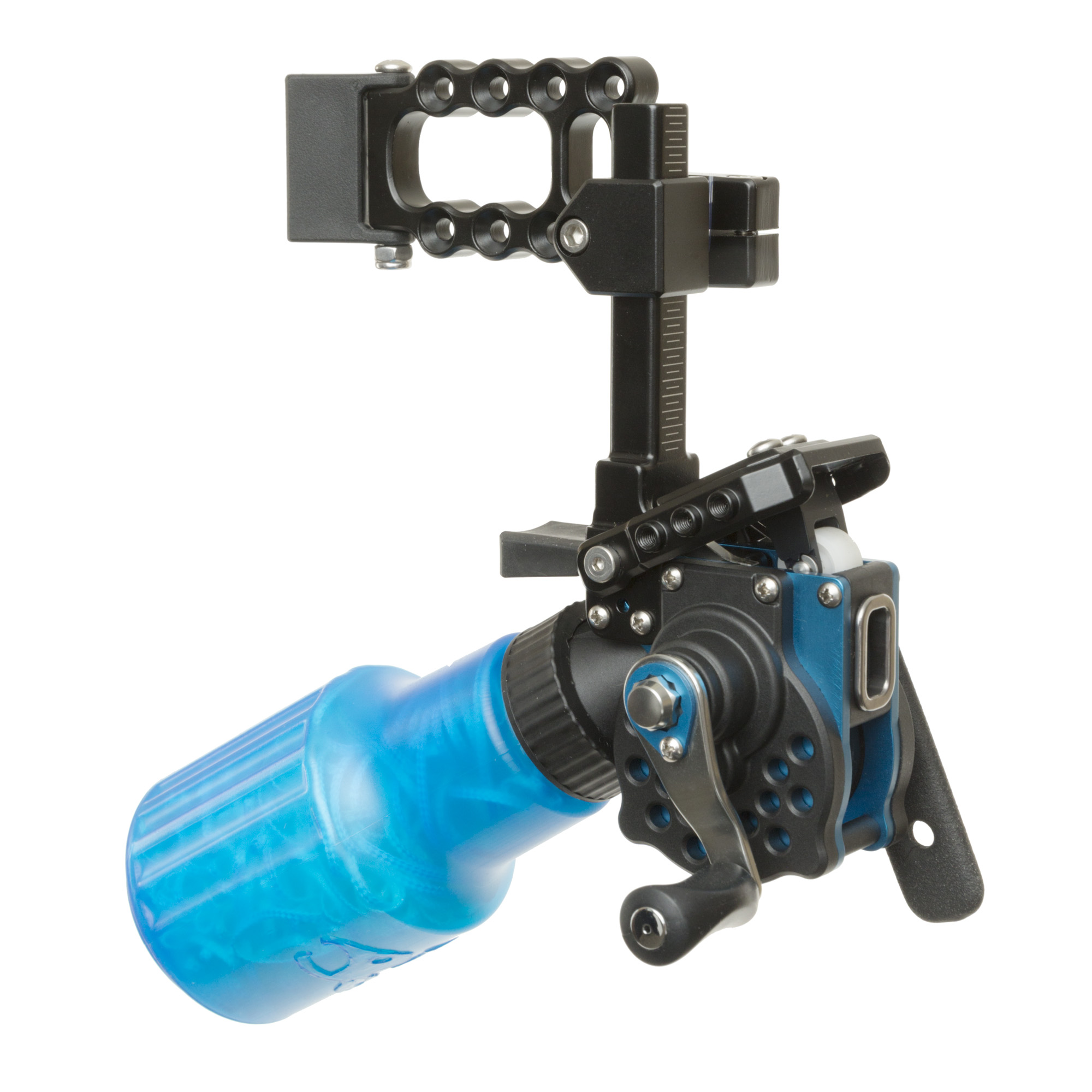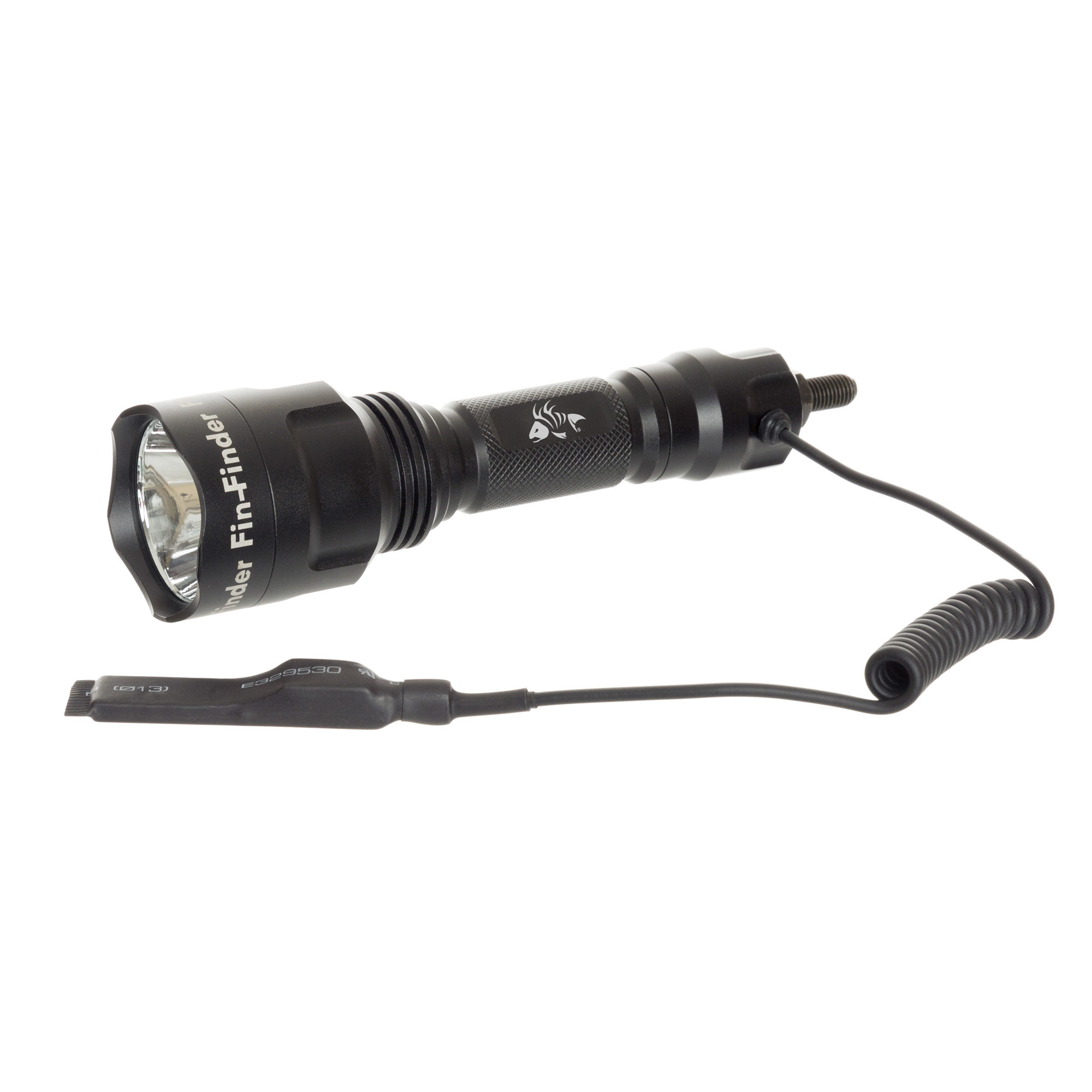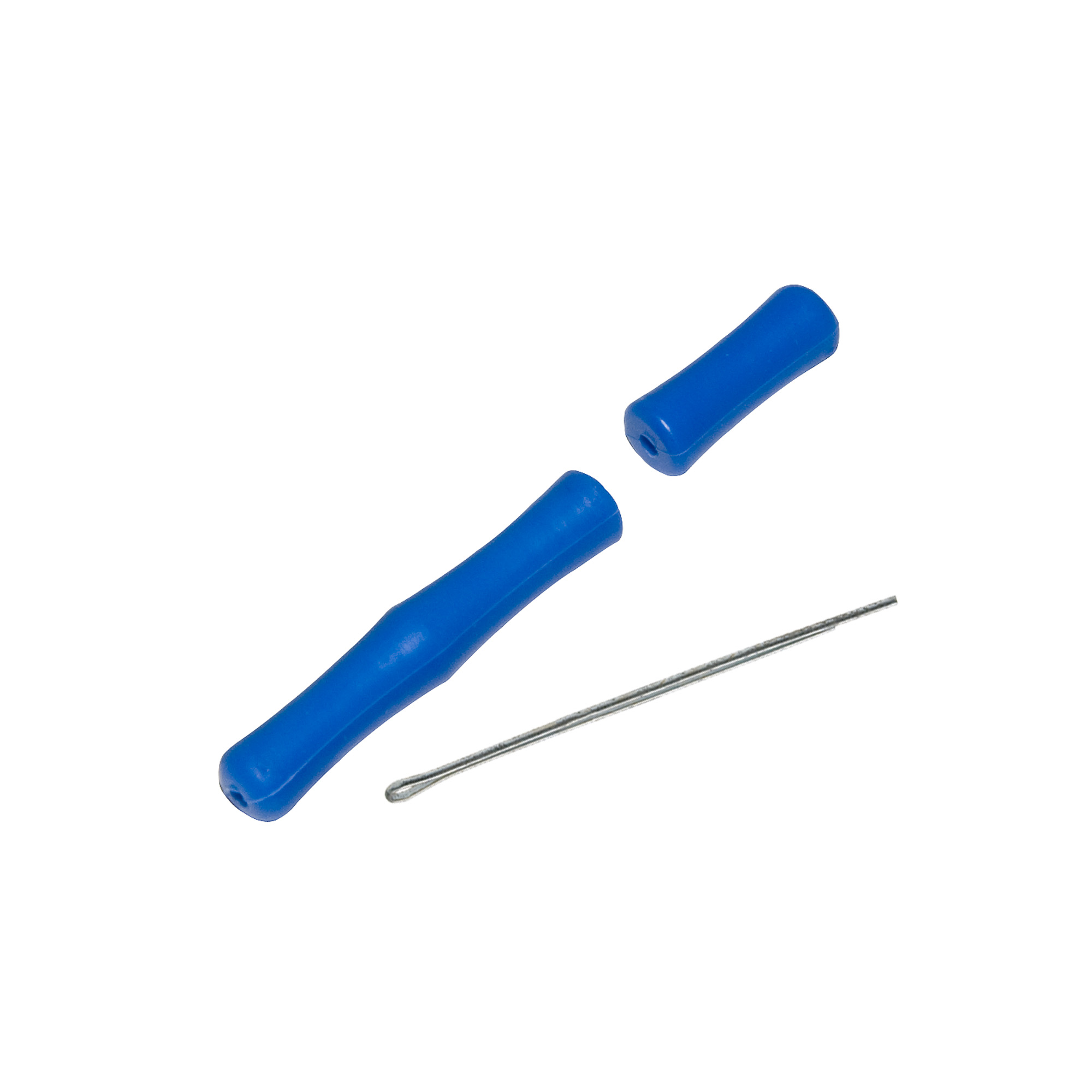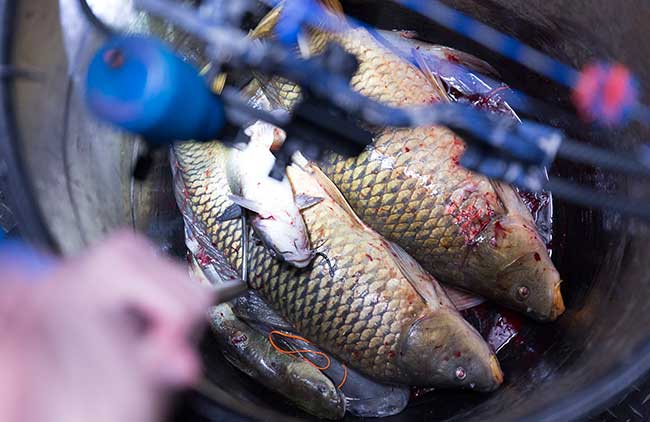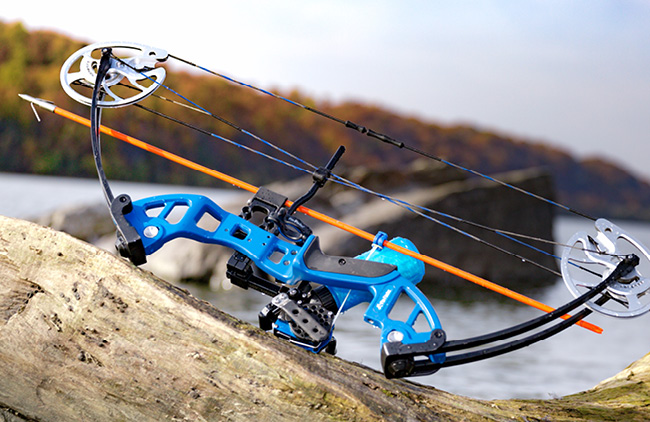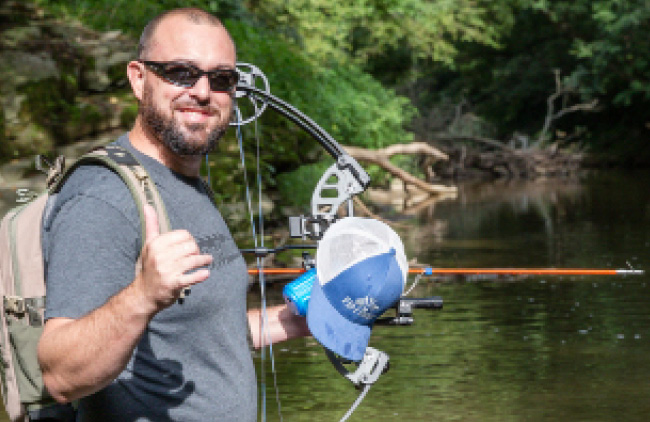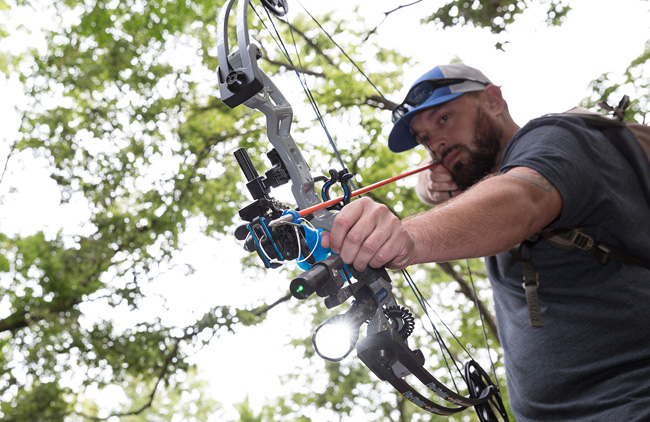Converting A Bow To A Bowfishing Bow
If you’ve been thinking about getting into bowfishing, and are reluctant to spend money on a new bow, don’t stress about it too much.
Relatively any bow whether it is a compound or a recurve can be converted into a bowfishing bow simply by purchasing the correct accessories.
Bowfishing Bow
First, assess the bow that you plan on using to bowfish.
Many people use an old hunting bow, or an affordable bow they bought secondhand. You can even use your current hunting bow if you so choose.
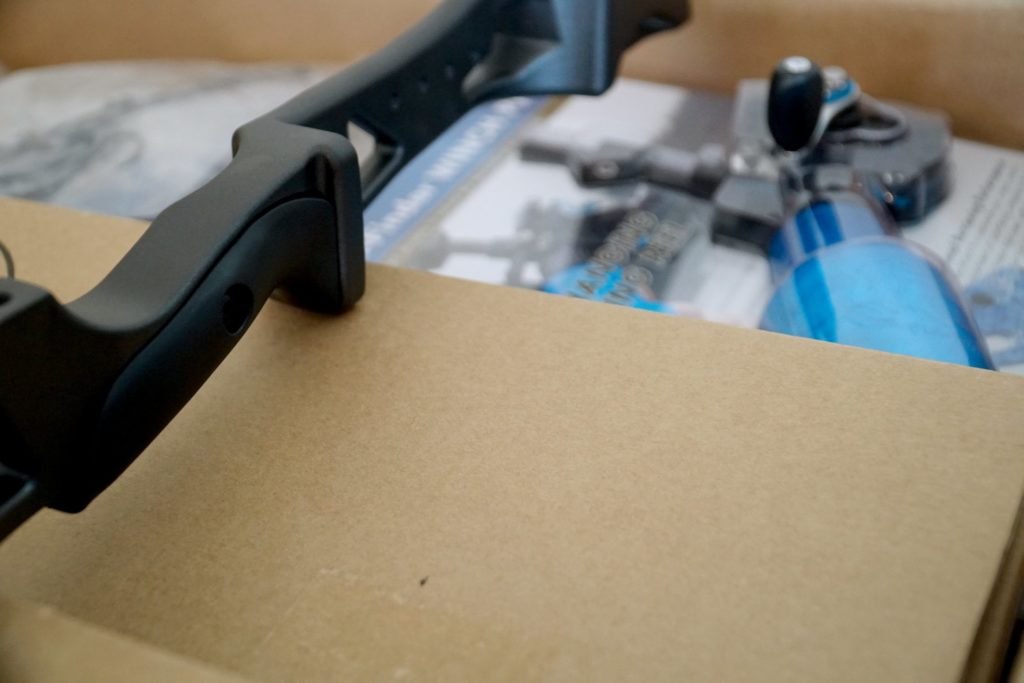
Ideally, you want the draw weight on a bowfishing bow to be somewhere between 30-50 pounds but if it’s slightly more it’s not a big deal.
Converting Your Bow
The first step to converting your bow to a bowfishing bow is fairly easy.
You will want to remove all of the current accessories on the bow, including the following: stabilizer, sight, rest, and any quiver attachments.
If possible you should also remove the peep sight and D-loop although it is not crucial to do so. They just aren’t necessary to bowfish.
Now, you’ll need to purchase and install the correct accessories for bowfishing.
Start with an arrow rest.
Bowfishing Arrow Rest
When it comes to bowfishing, simple rests are best. You don’t want to use any sort of drop away rest that is designed for hunting arrows as they can be dangerous when used with bowfishing arrows.
The string attached to the bowfishing arrow can get tangled on the rest and result in injury… hence the need for a simple rest.
There is a variety of bowfishing rests to choose from, and no wrong answer when it comes to which one you choose.
Some are more open rests while others will fully enclose your arrow and help keep it in place. A stick-on rest or shelf rest will also work if you have a traditional bow that you are planning on using to bowfish.
When it comes to bowfishing, you do not have to worry about putting a standard hunting sight on your bow.
However, you can put a bowfishing laser sight on your bow if you so choose.
Bowfishing Laser Sight
A bowfishing laser sight will help you compensate for the refraction of light on the water and aid you in being accurate.
Although they are not something everyone wants to use, it is definitely something to consider.
There are a variety of lasers to choose from, and they will mount on the riser or from the stabilizer mount.
One of the most popular bowfishing laser sights on the market is the RefractR BLS (Bowfishing Laser Sight).
Types of Bowfishing Reels
The next important accessory is your bowfishing reel. There are a few different options to choose from and they can be broken down into three different categories here.
- Hand Reel– This is the simplest style of the three types of bowfishing reels. This is extremely popular for traditional bows as they are lightweight and don’t put a lot of weight upfront on an already fairly light bow. The hand reel simply screws into the front of your bow where a stabilizer would normally be mounted. It is a simple spool that holds the bowfishing line, and you reel it back in by hand. This reel is also best with a thicker braided bowfishing line so it doesn’t cut your hands. If this style of bowfishing reel – check out our Sidewinder Bowfishing Reel.
- Bottle Reel– This is an extremely popular style of a reel and the name is self-explanatory. Your bowfishing line is enclosed in a plastic bottle which keeps it out of the way. Bottle reels are often operated with a simple trigger mechanism to prevent the line from spooling out when you aren’t ready. The bottle reel mounts on the riser of your bow with a few small bolts. This type of reel will use a heavy braided line that is durable and easy on your hands. There are also a few hybrid variations of the bottle reel where it is a cross between the bottle reel and the spinner style reel (see number 3). If you’re interested in this style reel – check out our Winch Pro Bowfishing Reel.
- Spinner Style Reel– This style of bowfishing reel resembles a standard push-button fishing reel — only much larger. It operates in the same way as the fishing reel and uses a braided bowfishing line. These reels require a reel seat, which looks similar to a stabilizer. The reel seat is screwed into your bow where a stabilizer would normally go, and the reel clips into the seat. The reel seat will also have the option for add ons as well if you want to add a laser or bowfishing light.
There are many debates on which reel is best, but they all get the job done – it’s just a matter of personal preference and what will work best for you.
Bowfishing Flashlight
If you plan on doing a lot of bowfishing at night, you can opt to add a bowfishing light to your bow.
This light is specifically designed for night bowfishing, and mounts on your bow where a stabilizer would go. It is battery-operated and has an easy on-and-off switch you can use while shooting.
Especially if you’re shooting from the bank, lights are extremely helpful.
If this sounds like an accessory you’ll want or need – check out our Splashlight here.
Bowfishing Accessories
One of the last things that you can add to your bow for bowfishing is finger savers.
Although they are not necessary, they definitely are helpful.
Finger savers are just that — small rubber pieces that go onto your bowstring to protect your fingers when you’re drawing your bow dozens of times in a day.
If you’d rather opt for a shooting glove or tab to protect your fingers, that works as well.
Some people do opt to leave the D-loop on their bow and continue to use a release while bowfishing.
While there is certainly nothing wrong with this, using a release makes it more difficult to get off quick shots.
Conclusion
No matter what type of bow you are using, keep in mind that bowfishing is a dirty sport.
Constant mud, water or sand can take it’s toll on any bow, especially if it’s not designed with waterproof hardware.
Keep this in mind and clean your bow when needed.
Check the cams on your bow, as well as the limb bolts and treat them for rust if needed.
It’s also smart to keep the bowstring waxed, and replace your bowstring every year or so if you bowfish frequently.
Take care of your bow and it will take care of you.

